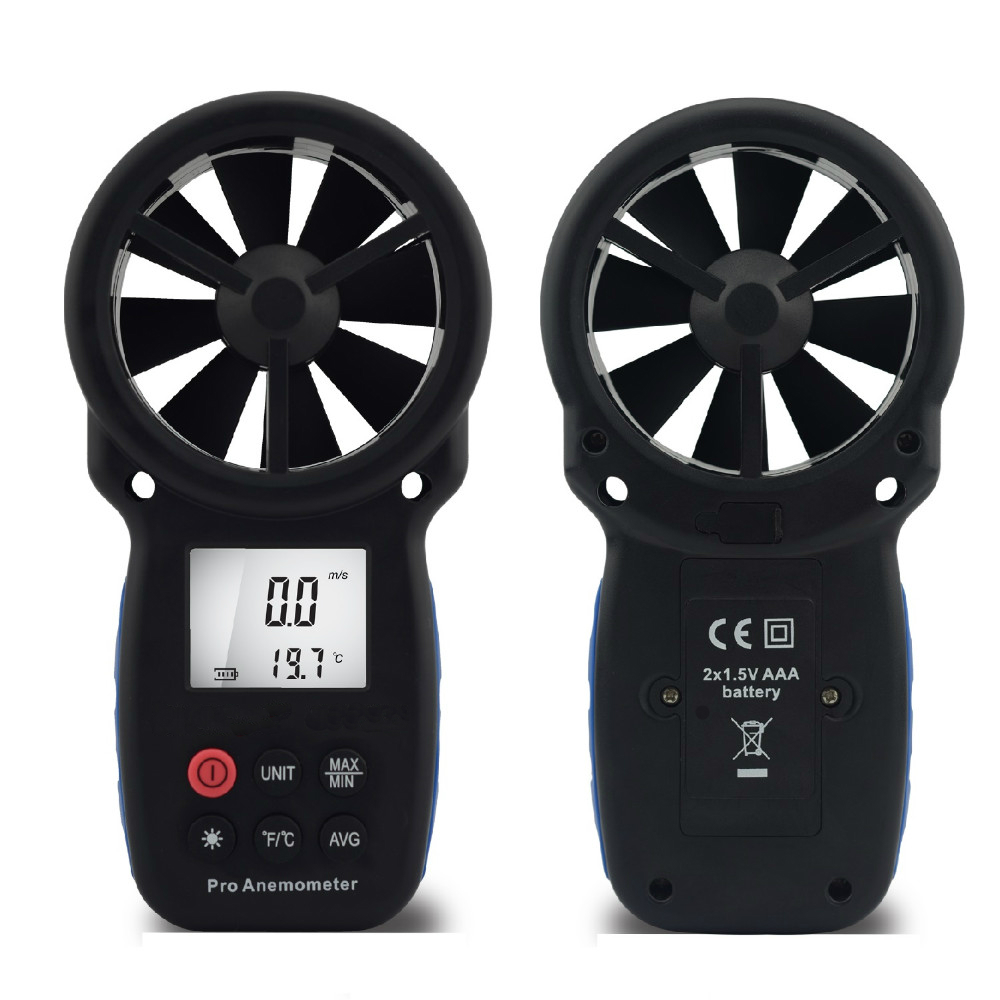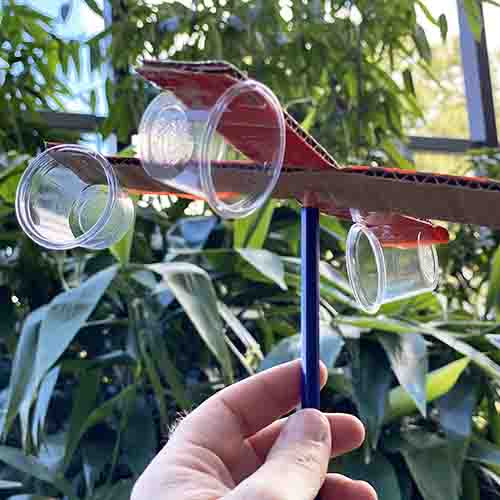Specialist Tips for Adjusting Your Anemometer for Optimum Efficiency
Specialist Tips for Adjusting Your Anemometer for Optimum Efficiency
Blog Article
All You Need to Know Regarding Anemometers: Exactly How They Work, Why They Issue, and Where to Make use of Them
Anemometers, though typically neglected in the world of clinical tools, play an important duty in various fields, using valuable insights into wind speed and air flow patterns. As we dive right into the complexities of anemometer innovation, we will certainly reveal the internal workings of these gadgets, their value, and the essential factors to consider when picking the ideal anemometer for details applications.

Anemometer Fundamentals
A crucial tool made use of to determine wind speed and direction, the anemometer plays an essential role in weather forecasting and numerous markets. An anemometer normally contains 3 or 4 cups that revolve in the wind, a vane that directs right into the wind, and sensors to track the turnings or activities. By computing the rotations or movements over a specific period, the anemometer can establish wind rate. The vane assists determine wind instructions by directing into the wind, giving useful data for weather projecting, air travel, maritime operations, ecological tracking, and wind energy applications.
There are numerous types of anemometers offered, including cup anemometers, vane anemometers, hot-wire anemometers, and sonic anemometers, each with its unique functions and applications. Mug anemometers are typically made use of for basic wind rate measurements, while vane anemometers are liked for directional dimensions. Hot-wire anemometers appropriate for reduced airspeeds, and sonic anemometers are ideal for high-precision measurements in study and industrial settings. Recognizing the basics of anemometers is vital for exact wind data collection and evaluation across different industries.
Concepts of Anemometer Procedure
Structure on the foundational understanding of anemometer fundamentals, the concepts of anemometer procedure clarify the technicians behind wind rate and direction measurements. Anemometers operate the principle of air movement influencing a sensing unit, creating it to rotate. Cup anemometers, for example, have three or more mugs that record the wind, creating them to rotate much faster as the wind rate rises. The turning rate is after that transformed right into a wind speed measurement. Vane anemometers, on the other hand, use a tail or a probe that aligns itself with the wind direction, providing a measurement of wind direction based upon the alignment of the sensing unit. Hot-wire anemometers rely upon a warmed cable that cools off as wind passes over it, with the rate of cooling down determining the wind speed. Ultrasonic anemometers procedure wind rate and instructions by assessing the moment it considers ultrasonic signals to travel between transducers. Understanding these principles is essential for dependable and accurate wind dimensions in different applications.
Significance of Anemometers
Anemometers play an important function in determining wind speed and direction, offering vital data for weather condition forecasting, climate studies, environmental surveillance, these details and aeronautics procedures. Meteorologists depend on anemometers to collect precise wind data, helping them comprehend climate patterns, forecast tornados, and concern timely cautions to the public. Wind farm drivers make use of anemometers to examine wind problems and maximize electricity manufacturing from wind generators.
Applications Throughout Various Industries
In the eco-friendly energy market, anemometers play a crucial role in analyzing wind conditions for wind ranch positionings, ensuring optimal energy manufacturing. Industries like building and construction and mining utilize anemometers to keep track of wind rates, crucial for security procedures, specifically when working at elevations or in open-pit mines where solid winds can position hazards. In farming, anemometers assist farmers in managing crop splashing by supplying real-time information on wind rate to avoid drift.

Picking the Right Anemometer for Your Needs
For general purposes, a mug anemometer is ideal for gauging wind rate, while a vane anemometer supplies wind direction data. Hot-wire anemometers are ideal for low airspeed dimensions, and ultrasonic anemometers use high precision and sturdiness.

Final Thought
Finally, anemometers play an essential duty in determining wind rate and instructions throughout numerous industries. Understanding the concepts of anemometer procedure is crucial for picking the ideal device for particular demands. From weather forecasting to air travel, anemometers are important tools for making certain and accumulating accurate data safety in various applications. When picking the most ideal tool for gauging wind conditions., it is essential to think about the value of anemometers in order to make enlightened decisions.
There are numerous kinds of anemometers offered, including cup anemometers, vane anemometers, hot-wire anemometers, and sonic anemometers, each with its unique features and applications. Cup anemometers are commonly utilized for fundamental wind rate dimensions, while vane anemometers are favored for directional measurements. Hot-wire anemometers are appropriate for reduced airspeeds, and sonic anemometers are ideal for high-precision measurements in study and industrial setups.Structure on the foundational understanding of anemometer fundamentals, the principles of anemometer operation illuminate the auto mechanics behind wind rate and direction measurements. For basic Read More Here purposes, a see it here mug anemometer is appropriate for determining wind rate, while a vane anemometer gives wind direction information.
Report this page